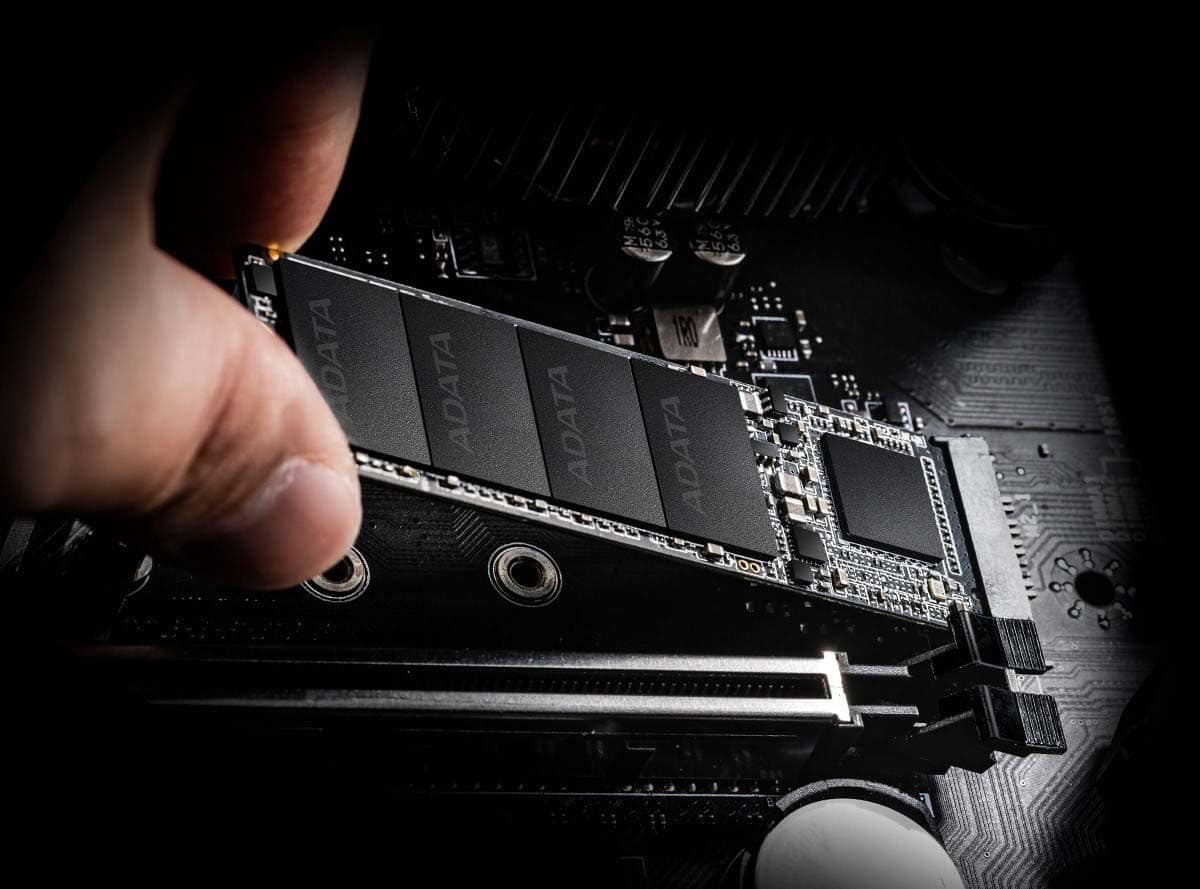We’ve put together a list of the most common reasons your custom-built PC won’t start, and exactly how to solve them quickly and easily.
Nothing happens at all
This might be the most demoralizing of all PC fixing problems, because you don’t have much to go on. However, the fact that nothing happens is a clue in and of itself. Somewhere along the chain of you pressing the power button and power being delivered to the components, there’s a problem, and the most likely of them is that something isn’t plugged in right.
So, first things first. Is the power cable plugged into the wall and the other end into your power supply? Are the wall socket and PSU switched on? Double-check each end to make sure everything is connected properly. It’s also worth checking that your motherboard and CPU power cables are plugged in correctly (they may have come loose in shipping).
If you’re still getting absolutely nothing when you press the power button, look to see if your motherboard has any idle indicator lights to confirm that the motherboard is definitely receiving power. If not, then you might need a new power supply. We’d suggest swapping out the power cable you’re using, and possibly trying a different wall socket before going down that road, though.
If you are getting power to your motherboard, the next thing to check is that your front-panel button is connected properly. It’s different for every case, but most have a thin series of cables that run from your front panel (that includes the power button, indicator LEDs, and any front-panel I/O ports) and connects to a point usually found on the bottom-right of your motherboard.
Remove your case’s side panel and locate that cable. Make sure it runs to the motherboard and is well connected. The pin location and layout will vary by case and motherboard, but it should look like a two-wide row of pins, usually encased in a plastic outer box.
The ends of the cables will say, for example “HDD LED” or “PWR,” and some of them have positive and negative contacts. Make sure these are completely seated on their corresponding pin, which is either marked next to the pins on the motherboard, or in your motherboard’s documentation.
If in doubt, pull them out and plug them back in again.
There’s noise or lights, but nothing appears on screen
If your system starts but doesn’t boot, search below for the relevant section. But if when you hit the power button, fans spin up and lights turn on while nothing appears on the screen, it’s quite likely to be a hardware issue of some kind.
Before we start digging into the system to try to figure out what’s wrong, make sure that you are protected as best you can be from static buildup. That includes working on a flat, non-conductive surface like a wooden or plastic desk. Wearing shoes, if you’re on carpet, isn’t a bad idea either.
Ideally, you’ll have an anti-static wristband in hand, but if not, make sure your system’s PSU is turned off (it should be when you’re working on it anyway) and periodically touch the case to ground yourself.
Diagnostic codes and beeps
Many modern motherboards will give you an idea of what’s wrong if you know where to look and/or listen. If turning your system off gives you a series of particular beeps, or your motherboard has a display on it that shows a particular error code, use your motherboard’s manual to diagnose the problem.
Some of them can be as mundane as you forgot to plug in a power cable, while others will tell you that your CPU is damaged and needs replacing. Each manufacturer uses different indicators to tell you what the problem is, so you’ll need to refer to your documentation to translate the error code on your machine.
Reset the CMOS
It’s possible that instead of a hardware problem, you’re facing a weird compatibility problem or settings error in your system’s BIOS. That’s the code that runs before your operating system starts up and helps configure the PC for use. If this is causing the problem, it’s a relatively easy fix.
If your motherboard has a CMOS reset switch or button, use that — refer to your motherboard manual for instructions on how best to use it.
Otherwise, you’ll want to remove the power cable from your PC, then locate the flat, silver battery on the motherboard itself. Remove it, press and hold the power button on your PC for 30 seconds, and then plug the battery and the power cable back in and try again.
Memory
Memory problems can be the cause of all sorts of PC issues. If you think yours might be causing yours, here’s how to check.
Assuming you have the correct memory, it has to be installed in the proper slot or slots, facing the right direction, and fully seated. Check your motherboard documentation for the proper slot configuration. If you bought a dual-channel kit, with two identical sticks of memory, they usually have an empty slot between them, but it varies between Intel and AMD. After determining the proper slots, line up the notch on the bottom edge of the stick with the plastic riser in the slot. Push down firmly until the tabs on either side of the slot click inwards and grab the notches in each end of the RAM. If the notch is ajar, the RAM is not fully installed. Even if it looks like the RAM is properly seated, it’s a good idea to take it out and reseat it to make sure there are no problems.
It can also be worth trying to boot with just a single stick of RAM in to see if the other one might be defective. You can also change the slot you plugged the module(s) into — to see if any slots may be damaged and causing your booting issues.
Cooler
Does your PC turn on for a short period of time and then crash unexpectedly? Does your processor significantly heat up during this trial run? This could be a sign that your cooler isn’t working as it should. Sometimes coolers can be defective, but it’s also possible that your cooler has an installation problem. First, check to see if you can hear it: If it doesn’t sound or seem like the cooler is running at all, make sure the fan is properly plugged in to the motherboard’s fan header. The fan header should be labeled on most motherboards, making this an easy check, although more complicated coolers may require a couple of different connections depending on the design.
If the fan is running properly and fully connected, it could be a problem with using the thermal paste to connect the cooler to the CPU. The thermal paste is vital to enabling heat to flow from the processor to the cooler: Too light a touch when seating the cooler, or the wrong kind of paste for the job, and your cooler won’t be able to siphon off heat properly. If you suspect that’s the problem, the best option is to reseat your cooler, and the sooner you do this, the better, as you don’t want your processor to overheat again.
The system begins to boot, but fails
If the system is successfully turning on, and a signal appears on the screen, but it doesn’t reach the actual operating system before shutting down, the list of possible problems is a lot shorter.
First, we’ll check the hard drive’s physical connections. Whether it’s an SSD or mechanical drive, it requires two connections, one for power, and one for data. The power cable should run from the power supply to the drive, but there may be other similar connections on the same cable for multiple drives.
Unless you’re working inside an older system, the most common data connection is SATA, a small, thin plug with an L-shaped bend in the tip. That cable will run from the drive to a row of plugs on the motherboard. There are a few different speeds and capabilities, but your motherboard manual will specify which plug is which, or it will be clearly marked on the motherboard.
You can also try resetting the CMOS, as that can sometimes clear up boot issues, as well as posting problems. See the section above for steps on how to achieve that.
If the computer displays an operating system logo before shutting down, it’s more likely there’s a problem with the OS installation. If you’re running Windows, booting to safe mode to see if you can troubleshoot your operating system problems is a good idea.


